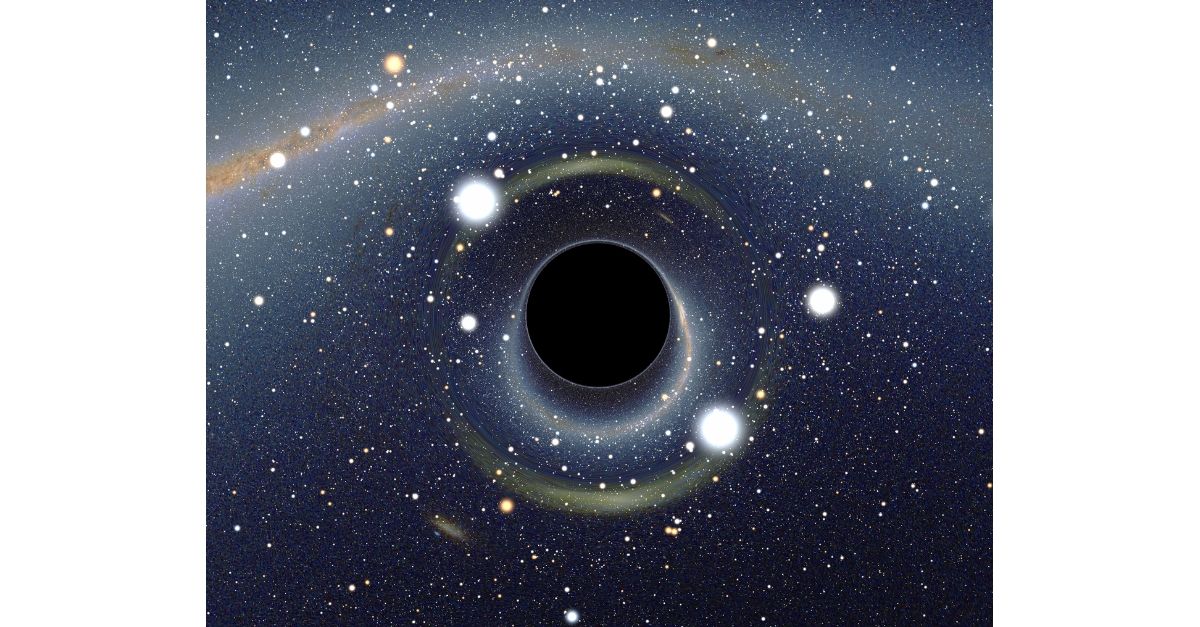Some years ago I developed a fascination with physics, triggered as I recall in watching an episode of the television series How the Universe Works on the subject of black holes. Astronomers have discovered that at the centre of almost every galaxy, including our own Milky Way, lies a black hole – an area of immense gravitational attraction that absorbs all light and defies the known laws of physics. The nature of black holes is perhaps the greatest challenge to today’s physicists, and rising to the challenge are some of the brightest minds in the world.
How do we make sense of something like a black hole with so many unknowns and uncertainties? To a lesser degree, unknowns and uncertainties are a feature of time in everyday life when none of us can ever be completely sure of the reactions of others to our own actions. Uncertainty and unknowns are an unavoidable feature of any business transaction, as we cannot predict all of the future implications of a transaction when the exchange of belief received and belief owed first occurs in the present.
In any transaction or decision, it helps to break the process down into its variable components in order to reduce uncertainty and to sense patterns in the unknowns. Any one of us can do this in our daily lives and transactions, and the greatest scientists like Albert Einstein apply the same approach to construct theories of physical reality.
A physicist who I have come to admire greatly is Brian Cox, whose presentation last summer in Toronto I was glad to have had the opportunity to see. Brian’s particular strength is an ability and drive to integrate his knowledge of physics with chemistry, biology, astronomy, and philosophy. To Brian, each individual science is a branch of the unity of all science, and the logical power of science as a whole shines clearly and brightly in Brian’s presentations.
It is Brian’s philosophy that resonates especially in his compelling television productions, including Wonders of Life, Wonders of the Universe, and Planets. It was in a Wonders of Life episode that Brian said, “If we are to state that science can explain everything about us, then it is incumbent on science to answer the question ‘What is it that animates living things, what is the difference between a piece of rock carved into a gravestone and me?’”

I think we can see in the construction of Luca Pacioli’s double entry accounting system that belief is an animating force. We are animated to receive belief, and to give belief, and it is our willingness to exchange belief and gain from each other’s individually variable skills that drives our development as a society. If we want the measure of belief as an animating force we can look to economic flows, to the exchange of monetary tokens of belief when money has no intrinsic value of its own (see “Belief and Accounting”, on the home page). Belief is a relative function, as each of us assesses time’s potential from our individual perspectives based on unique experiences. The relativity of belief is perhaps best expressed in philosophy, and in our differing outlooks on life each one of us is a philosopher.
It is rare to encounter integrated knowledge of the physical sciences combined with philosophical eloquence of the calibre that Brian Cox displays. There are times, perhaps like now, when philosophy may fade in prominence, but it will never go away. This is that point that philosopher Rebecca Newberger-Goldstein makes in her wonderfully reflective representation of the wisdom of Plato, in her 2014 book Plato at the Googleplex. In this work, the author brings Plato into the twenty-first century and places him in a dialogue in front of an audience of Google employees at the company’s headquarters. What ensues is an enlightening perspective on modern technology, and a message to let us know that over the millennia since Plato’s time we have faced similar challenges to our state of belief. There is both challenge and hope in this message, to those who invite the potential of philosophy as their guide in the navigation of time’s uncertainties and unknowns.
Image of Black Hole is BH LMC by User:Alain r [CC BY-SA 2.5 (https://creativecommons.org/licenses/by-sa/2.5)]





